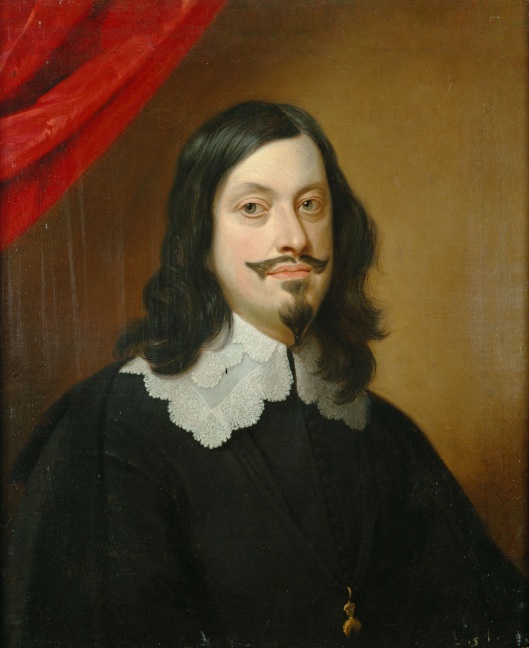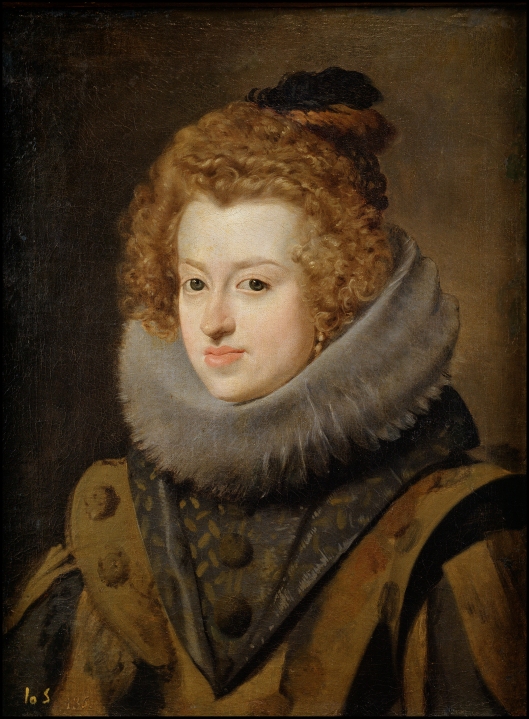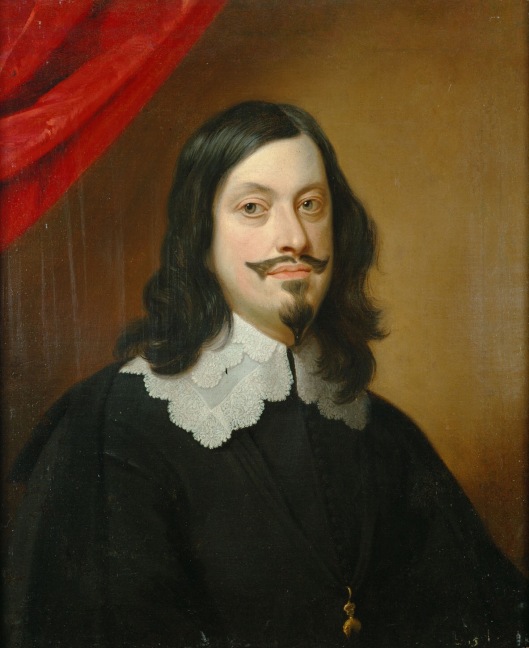Tags
Archduchess Margaret of Austria, Duke of Bavaria, Ferdinand III, Holy Roman Emperor, Infanta Maria Anna of Spain, King of Bohemia, King of Croatia, King of Hungary, King of the Romans, Philip III of Spain, Renata of Lorraine, Wilhelm V
Ferdinand III (July 13, 1608 – April 2, 1657) was Archduke of Austria from 1621, King of Hungary and King of Croatia from 1625 and of Bohemia from 1627 and Holy Roman Emperor from 1637 to his death.
Ferdinand was born in Graz as the third son of Holy Roman Emperor Ferdinand II of the House of Habsburg and his first wife, Princess Maria Anna of Bavaria, the fourth child and second (but eldest surviving) daughter of Wilhelm V, Duke of Bavaria and Renata of Lorraine.
Archduke Ferdinand was baptised as Ferdinand Ernt. He grew up in Carinthia with loving care from his parents and developed great affection for his siblings and his father with whom he always found a consensus in future disagreements.
Archduke Ferdinand became the reigning Archduke of Austria in 1621. On December 8, 1625, he was crowned King of Hungary and Croatia, on November 27, 1627 he was crowned King of Bohemia.
Ferdinand enhanced his authority and set an important legal and military precedent by issuing a Revised Land Ordinance, which deprived the Bohemian estates of their right to raise soldiers and reserved that power for the monarch. His father Holy Roman Emperor Ferdinand II was unable to secure him the election as King of the Romans at the Diet of Regensburg of 1630.
King Ferdinand married the Spanish Infanta, his cousin Infanta Maria Anna of Spain, after years of negotiations with Spanish relatives in 1631. Infanta Maria Anna of Spain was the daughter of King Felipe III of Spain and Archduchess Margaret of Austria, the daughter of Archduke Charles II of Inner Austria and Princess Maria Anna of Bavaria and thus the paternal granddaughter of the Holy Roman Emperor Ferdinand I.
Prior to her Imperial marriage Infanta Maria Anna of Spain was considered a possible wife for Charles, Prince of Wales. The event, later known in history as the “Spanish match”, provoked a domestic and political crisis in the kingdoms of England and Scotland.
Although it was in the middle of the war, the elaborate wedding was celebrated over fourteen months. The marriage produced six children, including his successors, King Ferdinand IV of Hungary and Croatia and Emperor Leopold I.
His loving and intelligent wife and her brother, the Spanish Cardinal Infante Fernando, had a great influence on Ferdinand and formed the most important link between the Habsburg courts in Madrid, Brussels and Vienna in the difficult period of the war for the Habsburgs after the death of Wallenstein.
King Ferdinand III of Bohemia, Hungary and Croatia, Archduke of Austria was elected as King of the Romans at the Diet of Regensburg on December 22, 1636. Upon the death of his father on February 15, 1637, Ferdinand became Holy Roman Emperor Ferdinand III.



 .
.


